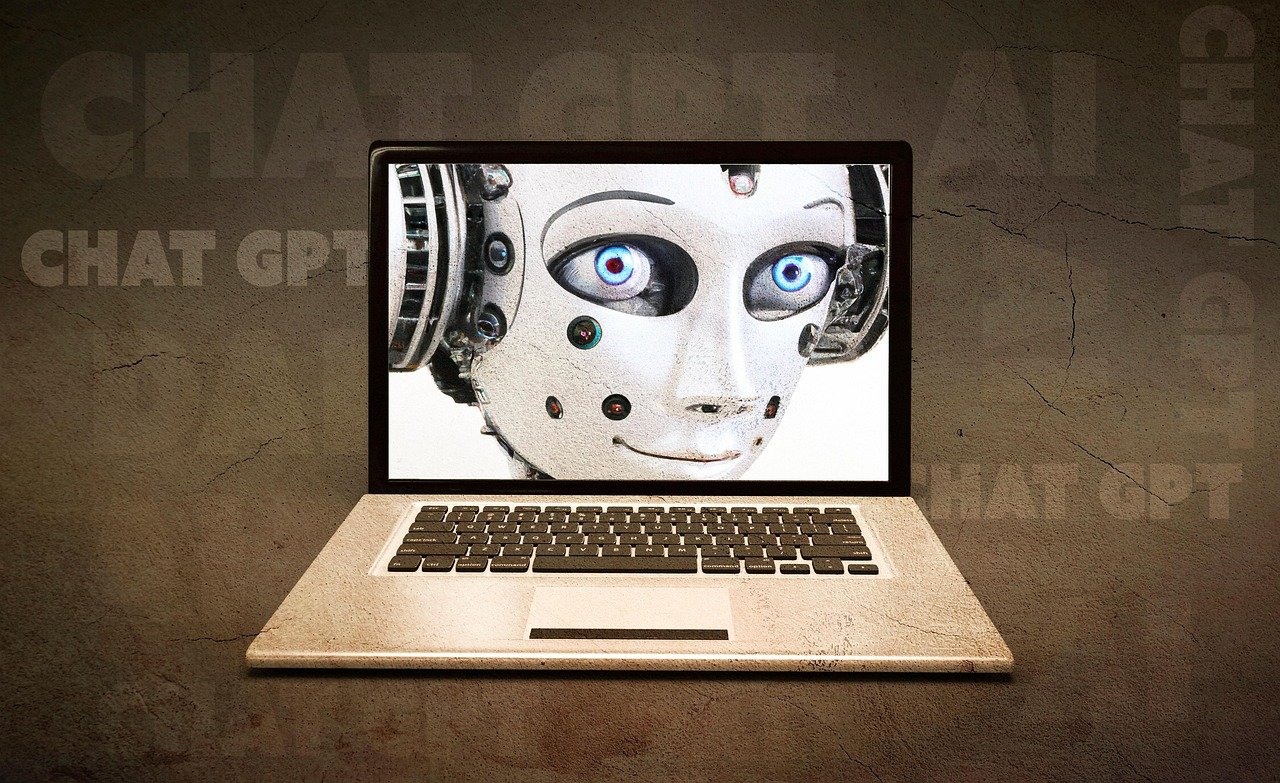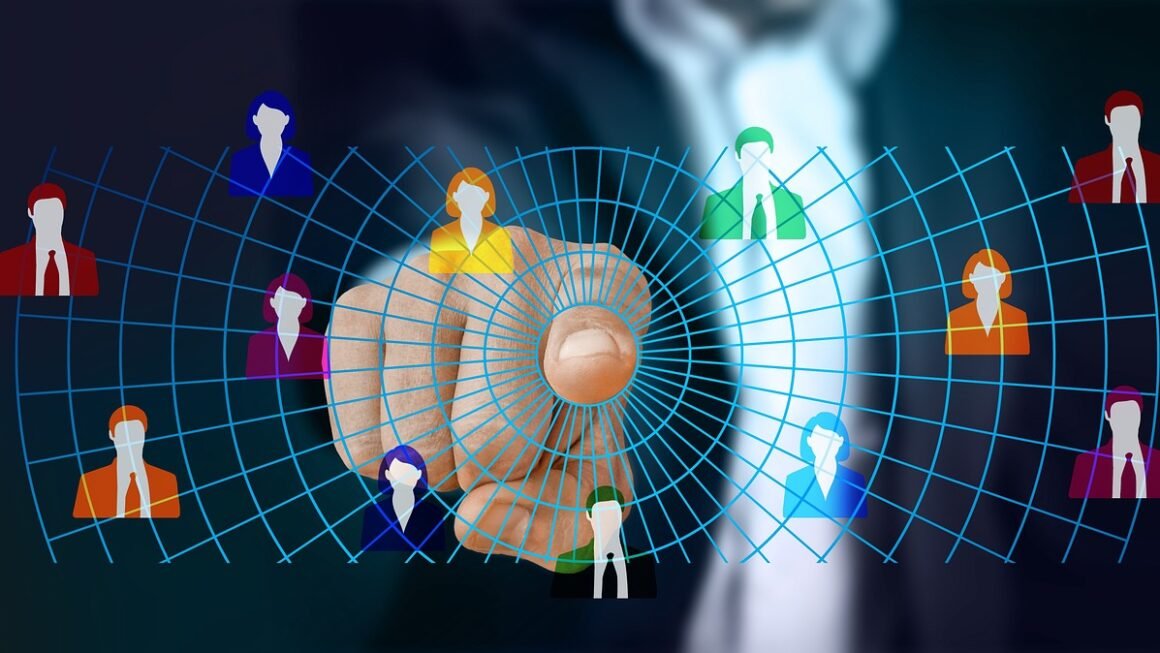Artificial intelligence (AI) has rapidly transformed from a futuristic concept into a present-day reality, impacting nearly every facet of our lives. From the algorithms that curate our social media feeds to the sophisticated systems driving autonomous vehicles, AI’s influence is undeniable. This comprehensive guide delves into the world of artificial intelligence, exploring its various facets, applications, and potential impact on the future.
Understanding Artificial Intelligence: A Deep Dive
What is Artificial Intelligence?
Artificial intelligence (AI) refers to the simulation of human intelligence in machines that are programmed to think and act like humans. This encompasses a wide range of capabilities, including:
- Learning: Acquiring information and rules for using the information.
- Reasoning: Using rules to reach conclusions, solve problems, and make decisions.
- Problem-solving: Identifying and finding solutions to complex issues.
- Perception: Using sensors to gather information about the environment.
- Language understanding: Processing and understanding human language.
In essence, AI aims to create machines capable of performing tasks that typically require human intelligence.
Types of Artificial Intelligence
AI can be broadly categorized into several types:
- Narrow or Weak AI: This type of AI is designed for a specific task. Examples include spam filters, recommendation systems (like those used by Netflix or Amazon), and voice assistants like Siri and Alexa. It excels within its defined parameters but lacks general intelligence.
- General or Strong AI: This hypothetical type of AI possesses human-level intelligence and can perform any intellectual task that a human being can. General AI is still largely theoretical and is a major goal of AI research.
- Super AI: This type of AI surpasses human intelligence in every aspect, including creativity, problem-solving, and general wisdom. Super AI remains firmly in the realm of science fiction, but it represents a potential future development.
Another useful categorization distinguishes between:
- Reactive Machines: These are the most basic type of AI, reacting to immediate stimuli without past experiences or memory. A classic example is IBM’s Deep Blue, which defeated Garry Kasparov in chess.
- Limited Memory: These AI systems can learn from past data to make better decisions. Most modern AI applications fall into this category, including self-driving cars, which learn from driving experiences.
- Theory of Mind: This hypothetical type of AI would understand human emotions, beliefs, and intentions, enabling it to interact with humans on a more sophisticated level.
- Self-Aware: This type of AI is conscious and aware of its own existence, abilities, and states. Like Super AI, this remains a theoretical concept.
The History of AI: From Concept to Reality
The concept of AI dates back to ancient myths and legends, but the formal field of AI emerged in the mid-20th century. Key milestones include:
- 1950: Alan Turing publishes “Computing Machinery and Intelligence,” proposing the Turing Test as a measure of machine intelligence.
- 1956: The Dartmouth Workshop, considered the birthplace of AI, is held.
- 1960s-1970s: Early AI programs are developed, including ELIZA (a natural language processing program) and SHRDLU (a natural language understanding program).
- 1980s: The expert systems boom occurs, with AI systems being used to solve complex problems in fields like medicine and finance.
- 1990s-Present: Advances in machine learning, particularly deep learning, lead to a resurgence of AI, resulting in breakthroughs in areas like image recognition, natural language processing, and robotics.
The Power of Machine Learning: A Core Component of AI
What is Machine Learning?
Machine learning (ML) is a subset of AI that focuses on enabling computers to learn from data without being explicitly programmed. Instead of relying on predefined rules, machine learning algorithms identify patterns in data and use those patterns to make predictions or decisions.
Types of Machine Learning
There are several main types of machine learning:
- Supervised Learning: In supervised learning, the algorithm is trained on labeled data, meaning that each data point is associated with a known output. The algorithm learns to map inputs to outputs. Examples include image classification, spam detection, and predicting house prices.
- Unsupervised Learning: In unsupervised learning, the algorithm is trained on unlabeled data. The algorithm must discover patterns and structures in the data on its own. Examples include customer segmentation, anomaly detection, and dimensionality reduction.
- Reinforcement Learning: In reinforcement learning, the algorithm learns by interacting with an environment and receiving rewards or punishments for its actions. The algorithm aims to maximize its cumulative reward. Examples include game playing (like AlphaGo) and robotics.
Key Algorithms in Machine Learning
Several algorithms are fundamental to machine learning:
- Linear Regression: A simple algorithm used for predicting a continuous output variable based on one or more input variables.
- Logistic Regression: Used for predicting a categorical output variable based on one or more input variables.
- Decision Trees: A tree-like structure used for classification and regression.
- Support Vector Machines (SVM): A powerful algorithm used for classification and regression.
- Neural Networks: Inspired by the structure of the human brain, neural networks are used for complex tasks like image recognition and natural language processing.
- Clustering Algorithms (e.g., K-Means): Used for grouping data points into clusters based on similarity.
Practical Example: Building a Spam Filter with Machine Learning
A spam filter is a classic example of supervised machine learning. Here’s how it works:
Presence of certain words (e.g., “viagra,” “lottery”).
Frequency of capital letters.
Number of exclamation marks.
Sender’s email address.
Real-World Applications of Artificial Intelligence
AI in Healthcare
AI is revolutionizing healthcare in numerous ways:
- Diagnosis: AI can analyze medical images (e.g., X-rays, MRIs) to detect diseases like cancer with greater accuracy and speed than human doctors.
- Drug Discovery: AI can accelerate the drug discovery process by identifying potential drug candidates and predicting their efficacy.
- Personalized Medicine: AI can analyze patient data to tailor treatment plans to individual needs, improving outcomes.
- Robotic Surgery: AI-powered robots can assist surgeons with complex procedures, enhancing precision and minimizing invasiveness.
- Remote Patient Monitoring: AI-powered devices can monitor patients’ vital signs remotely, allowing for early detection of health problems.
For example, IBM’s Watson has been used to assist doctors in diagnosing and treating cancer patients.
AI in Finance
AI is transforming the financial industry:
- Fraud Detection: AI can detect fraudulent transactions in real-time, preventing financial losses.
- Algorithmic Trading: AI-powered algorithms can execute trades based on market data, maximizing profits and minimizing risks.
- Risk Management: AI can assess and manage financial risks more effectively than traditional methods.
- Customer Service: AI-powered chatbots can provide instant customer support, resolving inquiries and addressing concerns.
AI in Manufacturing
AI is improving efficiency and productivity in manufacturing:
- Predictive Maintenance: AI can predict equipment failures, allowing for proactive maintenance and reducing downtime.
- Quality Control: AI can inspect products for defects, ensuring high quality standards.
- Robotics: AI-powered robots can automate repetitive tasks, increasing efficiency and reducing labor costs.
- Supply Chain Optimization: AI can optimize supply chains, reducing costs and improving delivery times.
AI in Transportation
AI is driving the development of autonomous vehicles:
- Self-Driving Cars: AI is used to control the steering, acceleration, and braking of self-driving cars, enabling them to navigate roads without human intervention.
- Traffic Management: AI can optimize traffic flow, reducing congestion and improving safety.
- Logistics Optimization: AI can optimize delivery routes, reducing fuel consumption and improving delivery times.
AI in Education
AI is personalizing the learning experience:
- Personalized Learning: AI can tailor educational content to individual student needs, improving learning outcomes.
- Automated Grading: AI can automate the grading of assignments, freeing up teachers’ time.
- Virtual Tutors: AI-powered virtual tutors can provide students with personalized support and guidance.
- Accessibility: AI can provide accessibility tools for students with disabilities, such as text-to-speech and speech-to-text.
Ethical Considerations and Challenges of AI
Bias in AI
AI systems can inherit biases from the data they are trained on, leading to unfair or discriminatory outcomes. It’s crucial to:
- Use diverse and representative datasets: Ensure that training data reflects the diversity of the population.
- Audit AI systems for bias: Regularly evaluate AI systems to identify and mitigate bias.
- Develop fairness metrics: Use metrics to measure the fairness of AI systems.
Job Displacement
AI and automation have the potential to displace workers in certain industries. To mitigate this:
- Invest in education and training: Equip workers with the skills needed to succeed in the AI-driven economy.
- Create new job opportunities: Encourage innovation and entrepreneurship to create new job opportunities in emerging fields.
- Consider social safety nets: Explore policies like universal basic income to provide a safety net for workers displaced by AI.
Privacy Concerns
AI systems often collect and process large amounts of personal data, raising privacy concerns. Important steps include:
- Implement strong data privacy regulations: Protect individuals’ data from misuse.
- Develop privacy-preserving AI techniques: Allow AI systems to learn from data without revealing sensitive information.
- Promote transparency and accountability: Ensure that individuals understand how their data is being used.
The Singularity
The technological singularity is a hypothetical future point in time when technological growth becomes uncontrollable and irreversible, resulting in unforeseeable changes to human civilization. While speculative, it raises important questions about the long-term impact of AI. It’s crucial to engage in thoughtful discussions about:
- AI safety: Develop safeguards to ensure that AI systems are aligned with human values and goals.
- The future of humanity: Consider the potential implications of advanced AI on human society and well-being.
Conclusion
Artificial intelligence is a powerful technology with the potential to transform our world for the better. However, it also presents significant challenges that must be addressed. By understanding the capabilities and limitations of AI, addressing ethical concerns, and investing in education and training, we can harness the power of AI to create a more equitable, sustainable, and prosperous future for all. The key takeaways from this guide are: understanding the different types of AI, the power of machine learning within AI, its application in various sectors, and the ethical considerations and challenges that come with it. By taking these points into account, you can better understand and navigate the rapidly evolving world of artificial intelligence.



